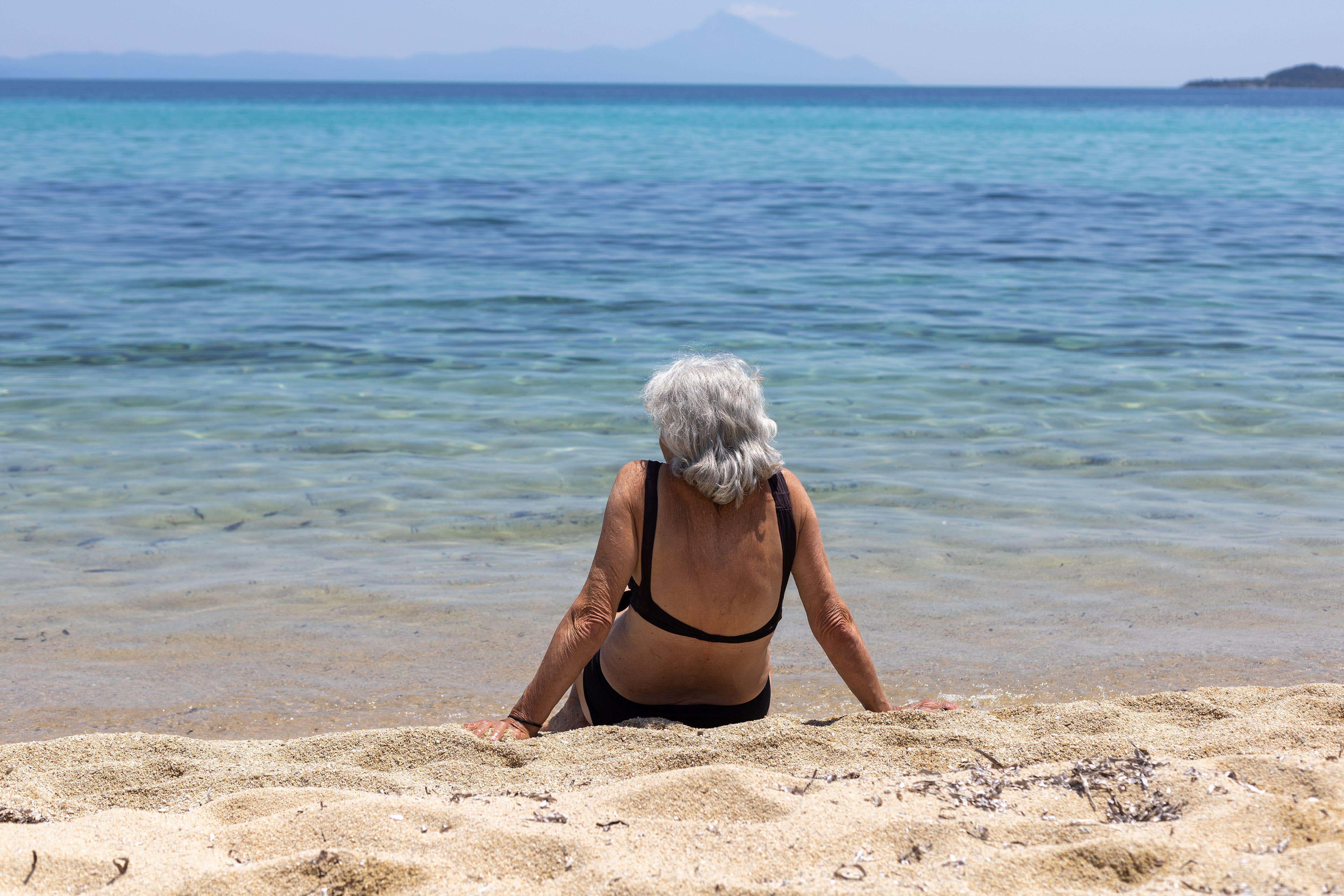Is our skin more susceptible to sun damage as we age?
While our skin naturally changes with age, one thing should remain constant – protecting it from the sun.

According to the Met Office, temperatures across much of England and Wales could soar up to 10°C above the seasonal average on Tuesday.
With sunnier days on the horizon, many of us are happily anticipating a dose of vitamin D – but it also prompts us to reflect on how sun exposure affects our skin as we age. Is the impact of UV rays on our skin at 50 the same as it was at 25? Or does growing older make our skin more susceptible to sun damage?
To better understand how our skin’s relationship with the sun evolves over time, we spoke with Dr Angela Tewari, consultant dermatologist at The Lister Hospital in London, part of HCA Healthcare. She has broken down the science of ageing skin and shared expert advice on how to protect it through every stage of life.
Is our skin more susceptible to sun damage as we age?
“As we age, and also in response to ultraviolet radiation, the amount of collagen and elastins decreases in our skin,” explains Tewari. “Collagen and elastins form the support network of our skin, and UV rays cause an increase in activity in certain enzymes known as matrix metalloproteinases, which break down the collagen and elastins in our skin.
“Also, in response to sunshine, we are more likely to get pigmentation and can get things like sun spots or melasma. And that is just a change in the way our pigmentation-producing cells are working sometimes, because you start to see more pigment in certain areas in response to sunshine.”
Additionally, sun damage accumulates over time as we age.
“Also what happens over time is that we start to accumulate sun damage. Fair-skinned individuals are more likely to accrue it and have less of the natural pigment to act as a protective layer,” notes Tewari. “And over time, small scaly growths can crop up. If you spot these, you should consult a dermatologist to rule out the possibility of skin cancer.”
Plus, as we age, our ability to protect ourselves from skin conditions, diseases and cancers is weakened.
“As we age, we tend to produce less enzymes and go through a process of cell senescence, where the cells basically get a bit sleepy so all processes in the body slow down a little bit,” she explains. “Also certain conditions just become more common as we get older.”
What are the warning signs of sun damage/skin cancer that people should look out for?
The dermatologist says the main sign of sun damage is red sunburn, but also recommends seeing a professional if you notice that your moles have changed.
“Follow the ABCDE criteria,” advises Tewari. “So, if a mole gets a bit funny shaped or irregular and it’s not looking symmetrical anymore, or the colour has changed or if it has grown a lot, then definitely get it checked by a medical professional.”
Do you see more cases of sun damage and skin cancer in older patients?
“I see a lot more in older age-ranges, in cases which have been caused by chronic sun exposure, such as basal cell carcinoma (BCC) and squamous cell carcinoma (SCC),” notes Tewari. “But I am also seeing melanoma in younger individuals as well, and have seen cancer in all age groups.”
Sun spots and melasma are also more common in patients who have skin type three on the Fitzpatrick scale, says the dermatologist. This is often people with fair, sensitive skin.
“Everyone has the same amount of pigment cells, but some are more active and more sensitive than others,” explains Tewari. “The darker-skinned you are, the more sensitive you are in response to the same amount of sunshine, as opposed to someone who is much fairer. If you tan more, then you are more likely to develop a sun spot over time.”
What advice do you give patients about sun safety?
“If you do get burned and feel like your skin has gone quite red in the sunshine, or is quite sore, then do not go out in the sun the next day,” advises Tewari. “If you need to be outside for any reason, wear a proper T-shirt and proper SPF protection. Choose clothing where you get the maximum amount of protection.
“UV rays are actually stronger through water than they are outdoors, so when you are in water be extra careful, and try to apply waterproof sunscreen 20 minutes before you go into the water.”
She also encourages people to get into the habit of wearing sunscreen all year round, and encourages people to look at the labels on sunscreen.
“Make sure you use the right sunscreen,” urges Tewari. “SPF only refers to the degree of protection from UVB rays, but you also need UVA and visible light cover. And, if you are spending a lot of time in the sun, make sure you see a dermatologist once a year.”